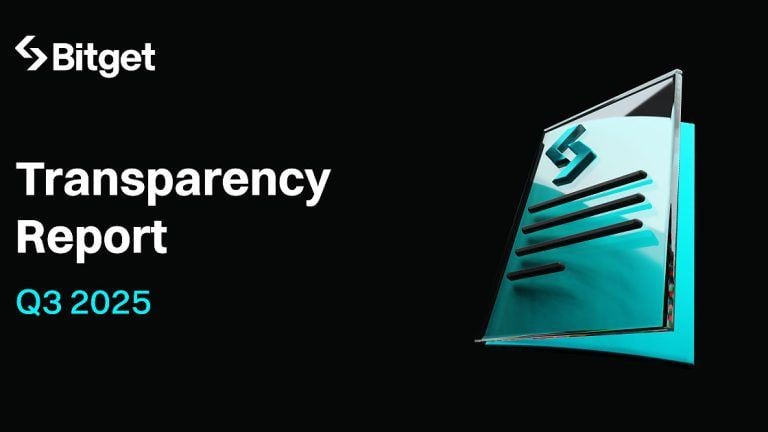Bitcoin Amsterdam highlights hurdles for consensus over improvement proposals
3 min read
Bitcoin core developers have long been at odds over Bitcoin improvement proposals (BIPs) to address the pain points of the protocol, as was apparent in a heated panel discussion during Bitcoin Amsterdam 2023.
Long-time Bitcoin developers Paul Sztorc and Peter Todd brought this to the fore in Amsterdam, with the latter coming across as highly critical of Sztorc’s work in the ongoing development of Drivechains.
Sztorc’s LayerTwo Labs has been working on BIP-300 for nearly six years, which advocates for the creation of layer-2 sidechains that have the potential to address several problems without requiring base layer changes to the Bitcoin protocol.
The ensuing debate, which was at times heated, with Todd talking over Sztorc, highlighted the difficulty in reaching a consensus over BIPs that could potentially improve the overall functionality of the Bitcoin protocol.
Jameson Lopp, co-founder and chief technology officer of Bitcoin custody firm Casa, weighed in on the issue during an in-depth interview with Cointelegraph at the conference, saying that the velocity of improvements and protocol changes has slowed down more than he would have liked.
That has changed somewhat in recent weeks with the emergence of new projects like BitVM and SpiderChain as Lopp explains, which leads him to believe that a couple of proposed soft forks may well be beneficial to the future of the protocol:
“In general, I think that Bitcoin should implement functionality that will improve its ability to be what you could call a cryptographic accumulator. Bitcoin should enable functionality that will boost the ability of second layers.”
Lopp adds that any potential “hardcore ossification” that some maximalists have argued for in the past would have stifled innovation that led to the creation of solutions like the Lightning Network that has helped the Bitcoin network scale to better process transactions.
“Lightning wouldn’t really be possible without OP_CLTV. It would have maybe been possible, but really clunky without SegWit. And without OP_CSV, it would not be possible to have indefinitely long-lived Lightning channels.”
Lopp was making reference to CHECKSEQUENCEVERIFY (OP_CSV) and CHECKLOCKTIMEVERIFY (OP_CLTV), two BIPs that were carried out to facilitate payment channels as soft forks. OP_CLTV was authored by Todd, describing a Bitcoin operation code that allows a transaction output to be made unspendable until some point in the future.
Related: Bitcoin Amsterdam: Focus on BTC fundamentals, says Edward Snowden
Lopp adds that while Bitcoin’s protocol may become static due to a lack of consensus over base layer improvement proposals, developers are likely to keep building in ways that don’t require permissions:
“If it’s not possible to implement a solution that may be optimally implemented at the base layer at the base protocol, then generally what we see end up happening is solutions being kind of bolted-on in many cases.”
The Casa CTO believes that if Bitcoin does not continue to scale, users will inevitably turn to storing and using BTC through a “handful of Bitcoin banks, aka custodians and exchanges”, which comes with significant trade-offs:
“Then it’s IOUs, right? That’s not the future that I think any of us want to see.”
As Cointelegraph previously reported, Bitcoin proponents and analysts at Bitcoin Amsterdam 2023 highlighted the growing importance of the cryptocurrency’s value proposal and hard money characteristics amid a drawn-out bear market.
Collect this article as an NFT to preserve this moment in history and show your support for independent journalism in the crypto space.
Magazine: Recursive inscriptions: Bitcoin ‘supercomputer’ and BTC DeFi coming soon






